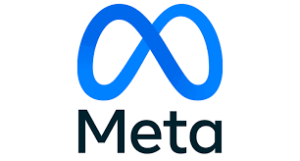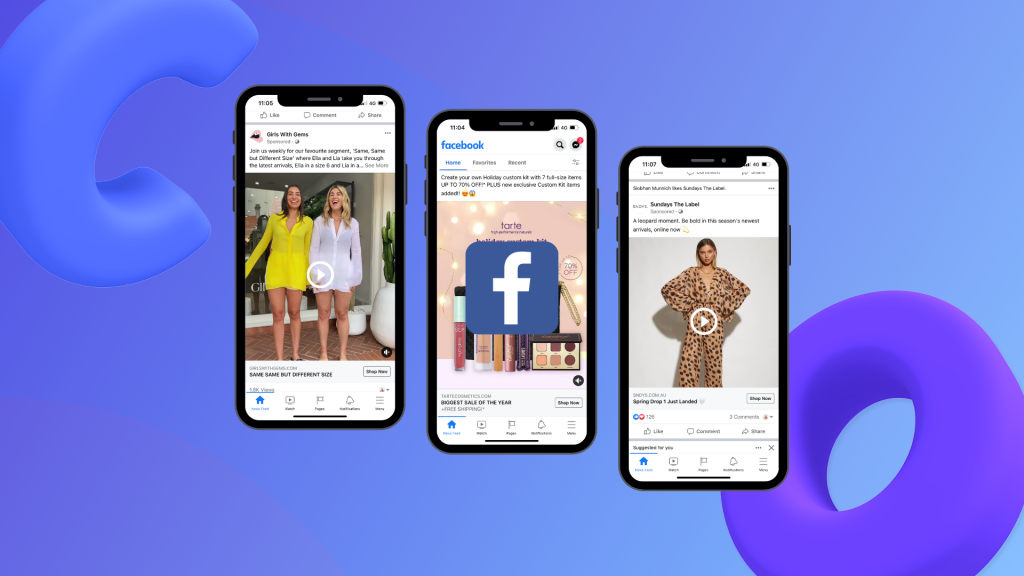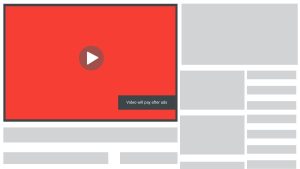Structure A Successful Facebook Campaign In 4 Steps
Over 65 million local businesses are utilising Facebook for their marketing campaigns, so how do you ensure that your business is one that consumers turn to?
Heading into the Christmas season and the new year, your business must pull in customers to survive. If every ad needs certain traits to make it stand out, but every campaign has a different end goal, how do you know what works for you? Luckily, there are a few key aspects that remain relevant and can turn any ad into a successful Facebook campaign.
Relevance
It goes without saying, but always ensure what you’re posting is of interest to your audience and that your ad leads to a landing page with relevant content. Consistency is important, but this doesn’t mean using the exact same phrasing, in fact, you should try rewording it. If a user has clicked on your ad, it’s likely they’re at a point in the sales funnel where they’re ready to take the next step, meaning it’s time for you to break out those stronger CTAs. Relevance also refers to keeping current with social media and industry trends. By maintaining an active presence online, you can make use of the most popular hashtags, any seasonal promotions, and the latest world events by incorporating them into your posts.
Written Content
No one is going to trust a website that has text blocks full of spelling errors and jargon. Your copy needs to be short and simple. Your call-to-action (yes, that’s singular) needs to be visible and not overly complicated This means if your call to action is filling out a form, don’t use too many required fields – this can seem like too much effort to a consumer and deter them from making contact. Also, it needs to be reiterated that the content on your pages must be relevant to your ads!
Design
If a potential customer comes to your page and is overwhelmed by the busyness of your site, they may miss vital information, a call to action, or even another ad. Minimise your page elements by keeping a simple layout that it’s easily navigated. Break up text with visuals, but don’t use anything too extravagant or it will take away from the text – amplify it, don’t distract from it. Keep your text blocks narrow, and use a simple font (nothing cursive or thick). The visuals and colours on your page should match your brand and maybe even reinforce a particular emotion. Don’t forget, video content is on the rise and it’d be best to jump on that wagon before it fizzles out.
Segmentation
Segmentation doesn’t just refer to the separation of big chunks of texts with visuals (although you should definitely be doing that). It’s also relevant in terms of breaking up your audience to ensure your ads are being put in front of your ideal audience. Facebook shows your ads to those who are most likely to interact with it, but you must ensure that you’ve set the right demographics in your ad options to see results from this. You could save a lot of money on demographic and geographic targeting if you know where is best to put your money.
Simply creating an eye-catching advertisement is no longer enough to sell your goods or services. An ad campaign needs to have more depth and the right targeting methods if you want to see an improved adjustment to your marketing. Implementing the above advice could see an increase in traffic, sales and conversion in what will seem like no time at all. There are countless ways to make your ads target your ideal audience to earn yourself a nice, not so little profit.
Need assistance in working out a structure for a successful Facebook campaign? Contact our social media specialists at GMT today on 1300 332 256!

















